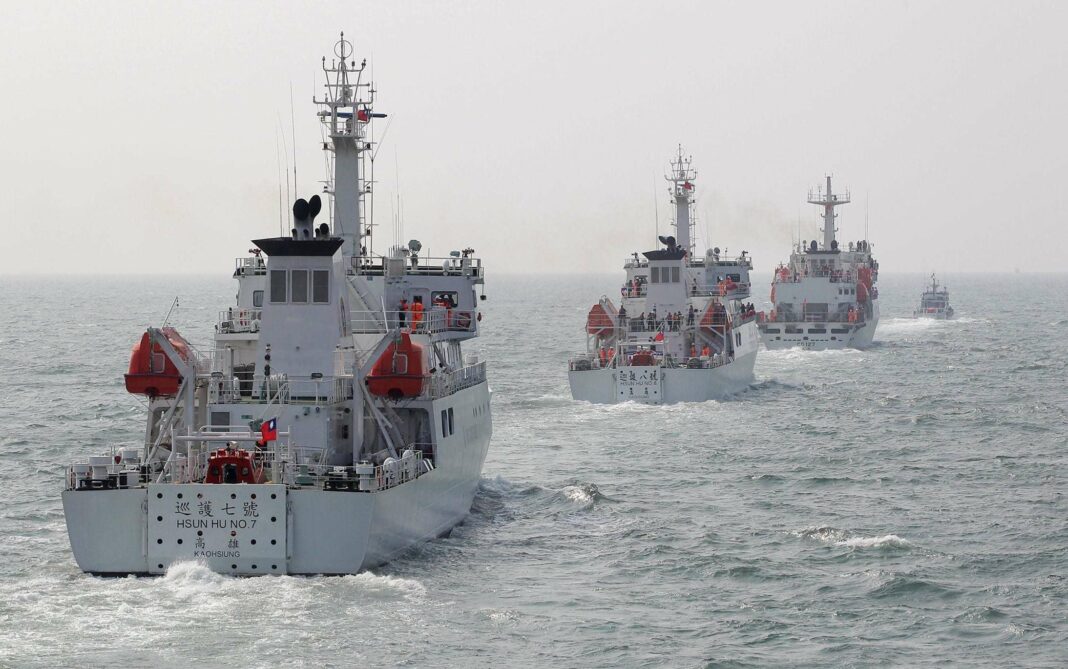Taiwan’s reliance on undersea cables for global telecommunications has exposed vulnerabilities, highlighted by recent incidents involving suspicious maritime activities. Notably, a freighter linked to Cameroon damaged a cable, while other vessels from Mongolia and Belize exhibited irregular movements. In response, Taiwan is enhancing surveillance of ships registered in countries with lax regulations, particularly those connected to China. The Coast Guard will lead monitoring efforts, supported by the Navy, to address potential threats to critical infrastructure.
Taiwan’s Undersea Cable Vulnerability
Taiwan’s connection to the global telecommunications network relies heavily on a series of undersea cables that facilitate international data exchange. Currently, there are fourteen crucial connections, yet these cables are not without their weaknesses. Recent incidents have underscored the pressing issue of their vulnerability as multiple occurrences have come to light since the start of the year.
Suspicious Maritime Activity Near Cables
At the onset of the New Year, Chunghwa Telecom, Taiwan’s leading telecommunications provider, reported a significant incident involving one of its undersea cables being severed. The Taiwanese Coast Guard responded to the scene and discovered a freighter registered under the Cameroonian flag nearby, which raised suspicions due to rough sea conditions preventing a thorough inspection. The freighter, believed to have damaged the cable with its anchor, had been observed lingering in the area for several weeks and followed a suspicious path that intersected the undersea cables multiple times.
Further examination of the vessel revealed conflicting identities, with links to both Cameroon and Tanzania. Adding to the intrigue, the ship was owned by an entity in Hong Kong, and its entire crew was comprised of Chinese nationals. Just days later, another vessel, this time under a Mongolian flag, was reported to be maneuvering in a zigzag pattern over the cables close to Taiwan’s coastline. Additionally, a Belize-flagged ship was found drifting off Taiwan’s southeast coast, owned by a Hong Kong entity and bearing a Russian name, prompting the Coast Guard to investigate further.
It’s not unusual for freighters to remain docked near ports for extended periods, as many ships lack immediate follow-up assignments and incur fees for waiting at port. Consequently, numerous vessels traverse these undersea cables daily, compounding the risk to Taiwan’s telecommunications infrastructure.
Enhanced Surveillance and Cooperation
Given the challenges posed by potentially suspicious vessels, Taiwan has initiated a monitoring program for ships displaying concerning characteristics. These vessels often hail from “flag of convenience” states, which typically impose minimal regulations regarding environmental, labor, and safety standards. Such flags can facilitate the evasion of international sanctions, particularly those targeting Russian oil exports.
Unfortunately, the likelihood of these states investigating or penalizing illicit activities aboard their registered ships is exceedingly low, even though they bear responsibility for such oversight. Consequently, Taiwan is focusing on monitoring vessels registered in countries like Cameroon, Tanzania, Mongolia, Togo, and Sierra Leone. Additionally, the ownership structures of these ships are scrutinized, particularly for connections to China, Hong Kong, or Macau. Presently, 52 ships are listed on Taiwan’s watchlist.
The phenomenon of “grey zone operations” involves destructive actions against civilian infrastructure, including undersea cables, which can often be misrepresented as accidents. According to the International Cable Protection Committee, an estimated 150 to 200 incidents of damage to underwater cables occur globally each year, primarily attributed to fishing activities and anchor strikes.
Proving intent behind such actions poses a significant challenge, especially when flag states refuse to cooperate with investigations. Should a suspicious vessel be located within Taiwan’s territorial waters, which extend 12 nautical miles from the coast, authorities can detain and interrogate the vessel’s crew. There are also legal actions available within the contiguous zone, which extends an additional 12 nautical miles.
In Taiwan, the Coast Guard is tasked with these responsibilities, operating similarly to maritime police in inland waters. However, the Navy, which traditionally focuses on national defense, is now being integrated into efforts to address incursions in these grey zones. Taiwan’s Defense Minister Wellington Koo confirmed that the Navy will enhance the Coast Guard’s capabilities by providing surveillance resources, such as radar systems. The Coast Guard will take the lead in interventions, with the Navy available for support as needed, as reported by Reuters.
